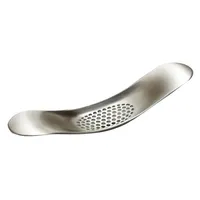When to plant garlic — and why missing this date will affect your yield
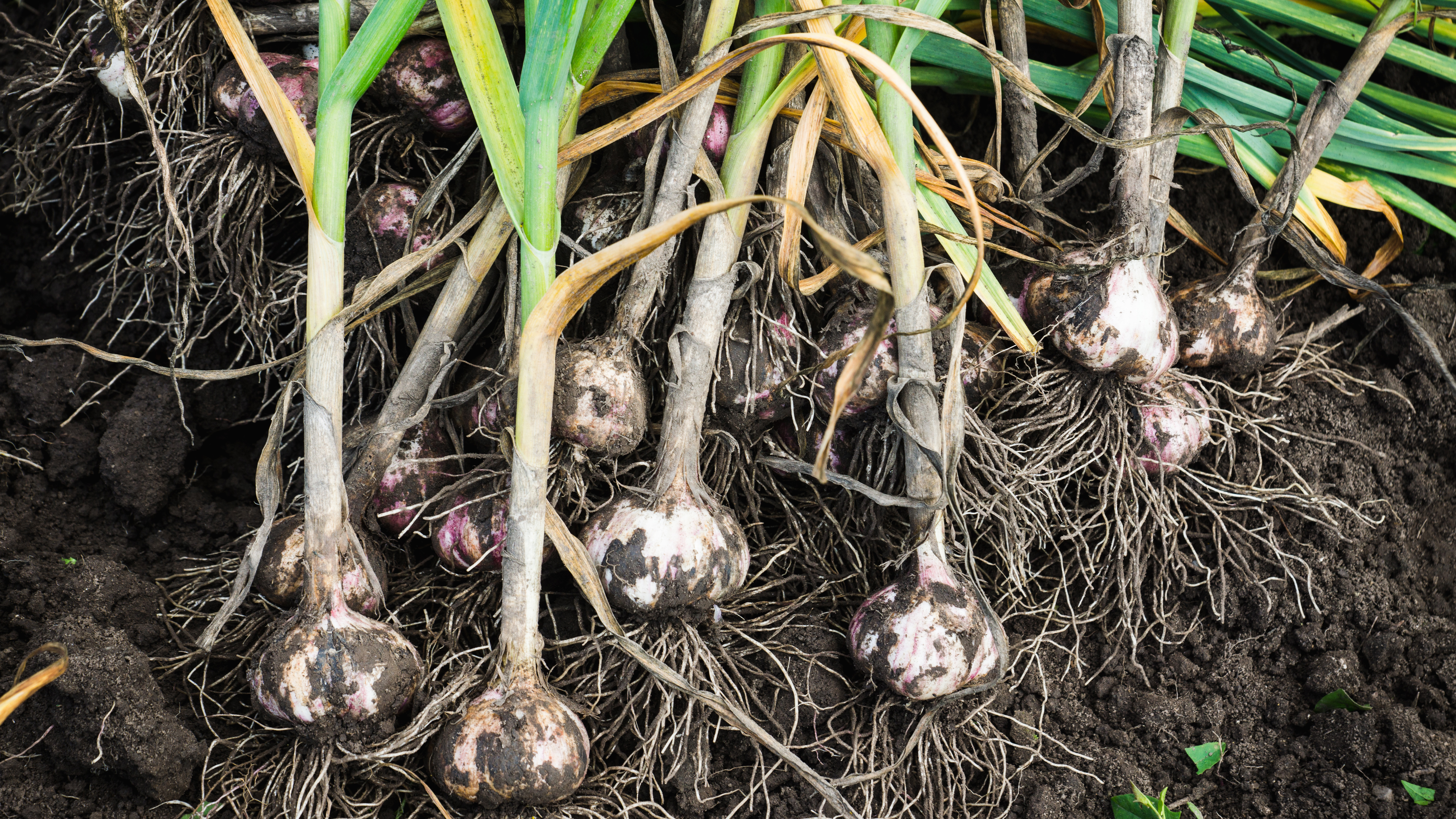
If you enjoy cooking up a storm, garlic is the one staple ingredient to add flavor to all kinds of dishes — from sauces and meats to breads and salads. Before you grab one of the best garlic presses, learning how to grow garlic yourself can give you a constant, fresh supply at home. What's more, these will be free from harmful chemicals or pesticides, and far cheaper than buying from the grocery store.
But before you do, it’s important to know when is the best time to plant garlic to get the most out of your bulbs. We’ve called on the gardening experts to reveal the exact months, and their top garlic planting tips.
When is the best time to plant garlic?
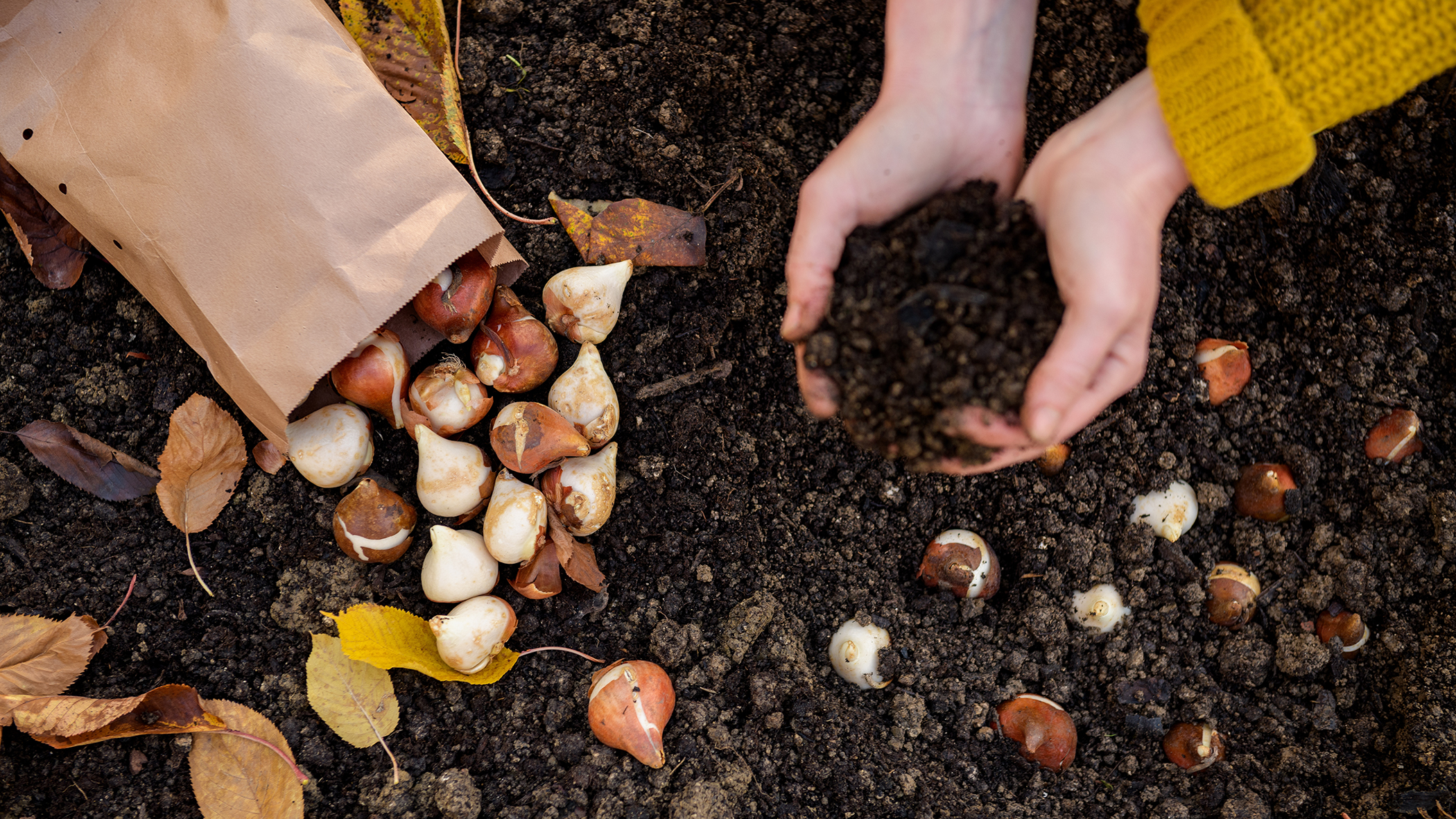
Bear in mind, there are two different varieties of garlic — winter and spring.
We often assume that bulbs should be planted during springtime; however, you’ll be surprised. “Plant garlic in September-November, depending on your zone,” states Lindsey Chastain, gardening expert at The Waddle and Cluck.
“It needs to be planted a few weeks before the first frost so the roots have time to take hold. Mix in some compost for nutrients and top with a healthy layer of mulch like shredded leaves to protect the garlic over the winter.”
Bear in mind, there are two different varieties of garlic — winter and spring. “Winter garlic is planted before winter, and spring garlic is planted in the spring, so care for them is different. You can tell them apart by their bulbs,” states Ross Hulstein, owner of Enviroscapes.
“Winter garlic has an even number of cloves in its head, usually from four to 10. They are large and arranged in a circle. The problem with winter garlic is that it doesn’t store well. Spring garlic has cloves arranged in a spiral, and they are different sizes (larger on the outside and smaller closer to the center). There are usually many more cloves, up to 30. This type of garlic stores well and can easily last for a whole year until the next harvest.”
Choose the right variety
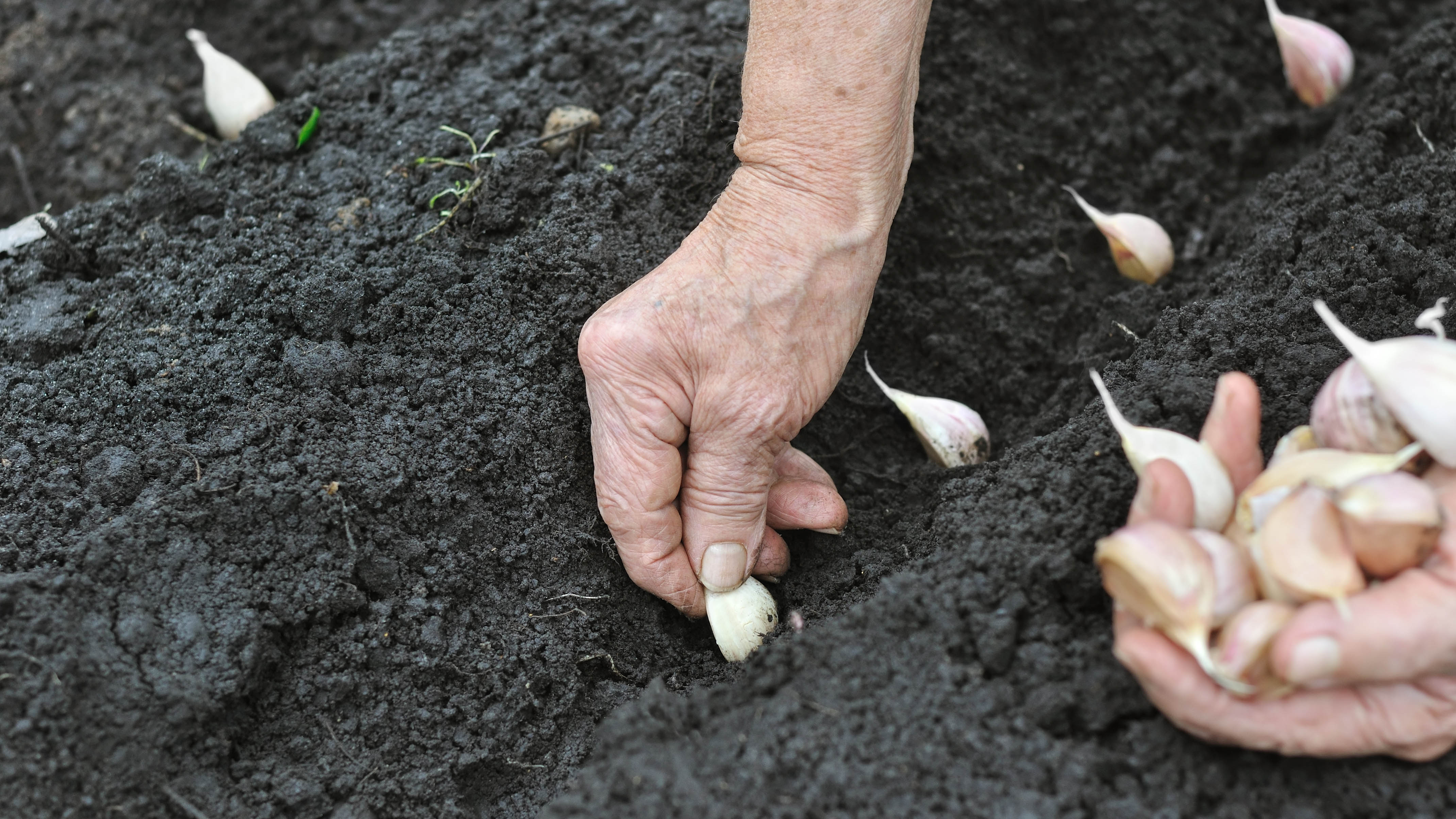
When picking a garlic variety, ensure you choose the ‘winter’ type that can tolerate colder environments, can be planted in fall, and overwinters under the snow.
Get instant access to breaking news, the hottest reviews, great deals and helpful tips.
“If you live in a cold climate and plan on growing garlic in a container outdoors, make sure to insulate it to prevent the plants from freezing solid,” advises Nastya Vasylchyshyna, resident botany expert at Plantum.
“Container-grown bulbs freeze much more easily than garlic grown in open ground. So, before it gets cold, create a layer of insulation consisting of fallen leaves, fir needles, or straw and fasten it around the garlic container with bubble wrap, for example. You can cover the topsoil with some straw as well.”
This garlic rocker is a simple device that's easy to use and easy to clean. It works by using two hands on either side of the gadget to create a rocking motion to make lightwork of crushing the garlic. It's ideal for users who lack hand strength.
Tips on how to plant garlic
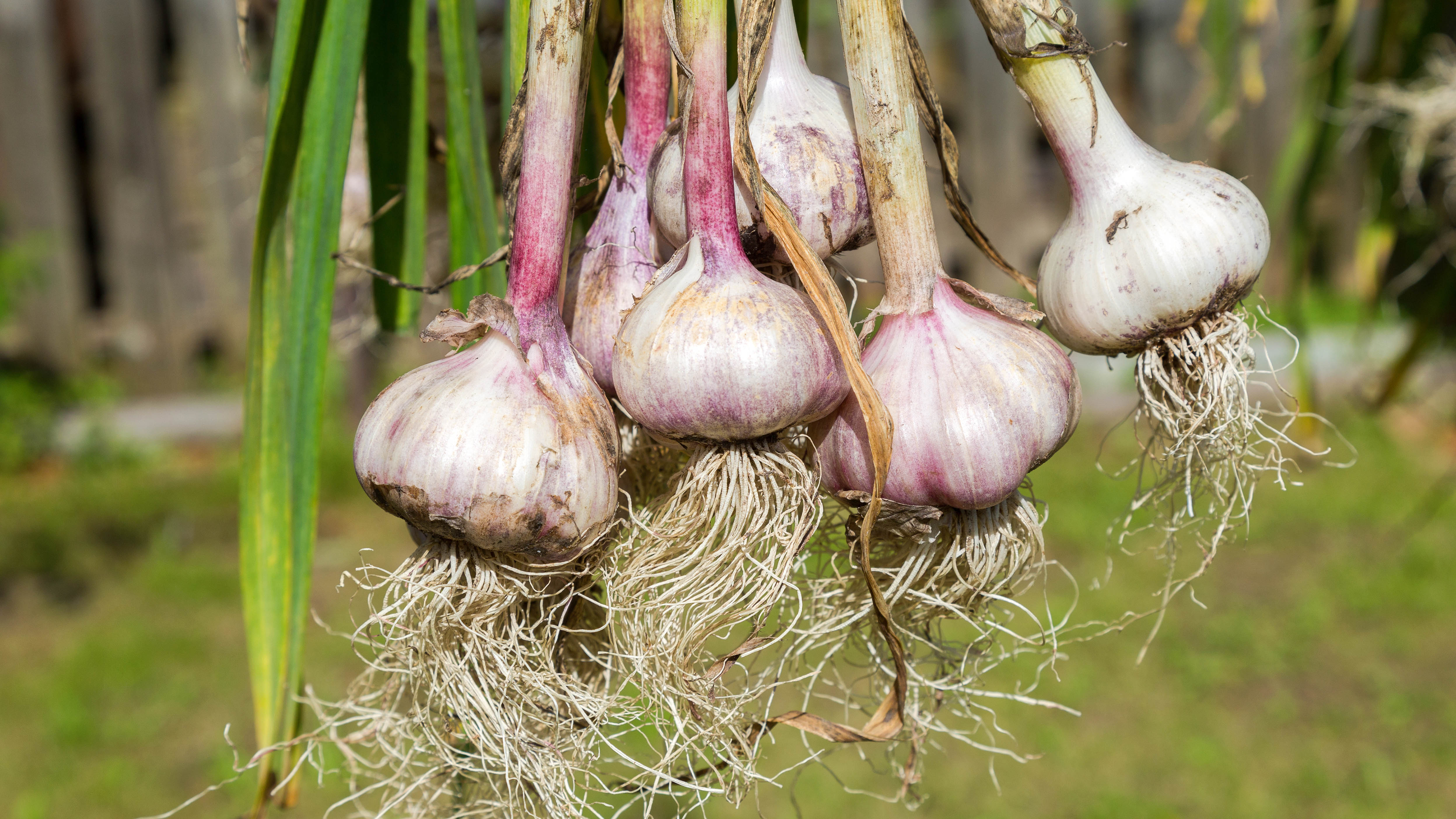
If you’re a beginner to homegrown vegetables, it’s fairly easy to start your own garlic crop. In fact, the only requirement is the soil must be fertile before planting to ensure a good yield.
“To plant garlic, start by clearing the soil of all weeds and then dig in some compost or well-rotted manure into the soil and rake everything over well,” advises Angelika Zaber, Lawn Care Specialist and Gardening Expert at Online Turf.
“Once this is done, push the cloves in ensuring that they have at least 3 cm [1.1 inches] of soil above. Garlic is usually grown in rows so make sure that each clove is planted 15 cm [6 inches] apart, leaving 30 cm [11.8 inches] of space between the rows.
“To make sure it thrives, avoid planting garlic cloves from a supermarket for this as these could spread viral infections. You should also regularly water your garlic in spring and early summer. Once the bulbs turn yellow, the watering should be reduced as this is a sign that they are maturing. Weed the area regularly to reduce any competition for nutrients and remove any flowering stems as soon as possible.
"Make sure to plant your garlic in a location that receives at least six hours of sunlight per day. You should also feed it every three to four weeks throughout the season using a high-nitrogen feed. If the bulbs are still not ready after May, use some compost or diluted liquid fertilizer instead.”
So, if you love the taste of garlic in your foods, you still have time to take advantage of the cooler weather and get planting.
Follow Tom's Guide on Google News and add us as a preferred source to get our up-to-date news, analysis, and reviews in your feeds. Make sure to click the Follow button!
More from Tom's Guide
- The best garlic presses in 2025
- Gardeners urged to use garlic in their yards — experts share reasons why
- 7 best pest-resistant plants for a bug free yard

As the Homes Content Editor, Cynthia Lawrence covers all things homes, interior decorating, and garden-related. She has a wealth of editorial experience testing the latest, ‘must-have’ home appliances, writing buying guides and the handy ‘how to’ features.
Her work has been published in various titles including, T3, Top Ten Reviews, Ideal Home, Real Homes, Livingetc. and House Beautiful, amongst many.
With a rather unhealthy obsession for all things homes and interiors, she also has an interior design blog for style inspiration and savvy storage solutions (get rid of that clutter!). When she’s not testing cool products, she’ll be searching online for more decor ideas to spruce up her family home or looking for a great bargain!
You must confirm your public display name before commenting
Please logout and then login again, you will then be prompted to enter your display name.
